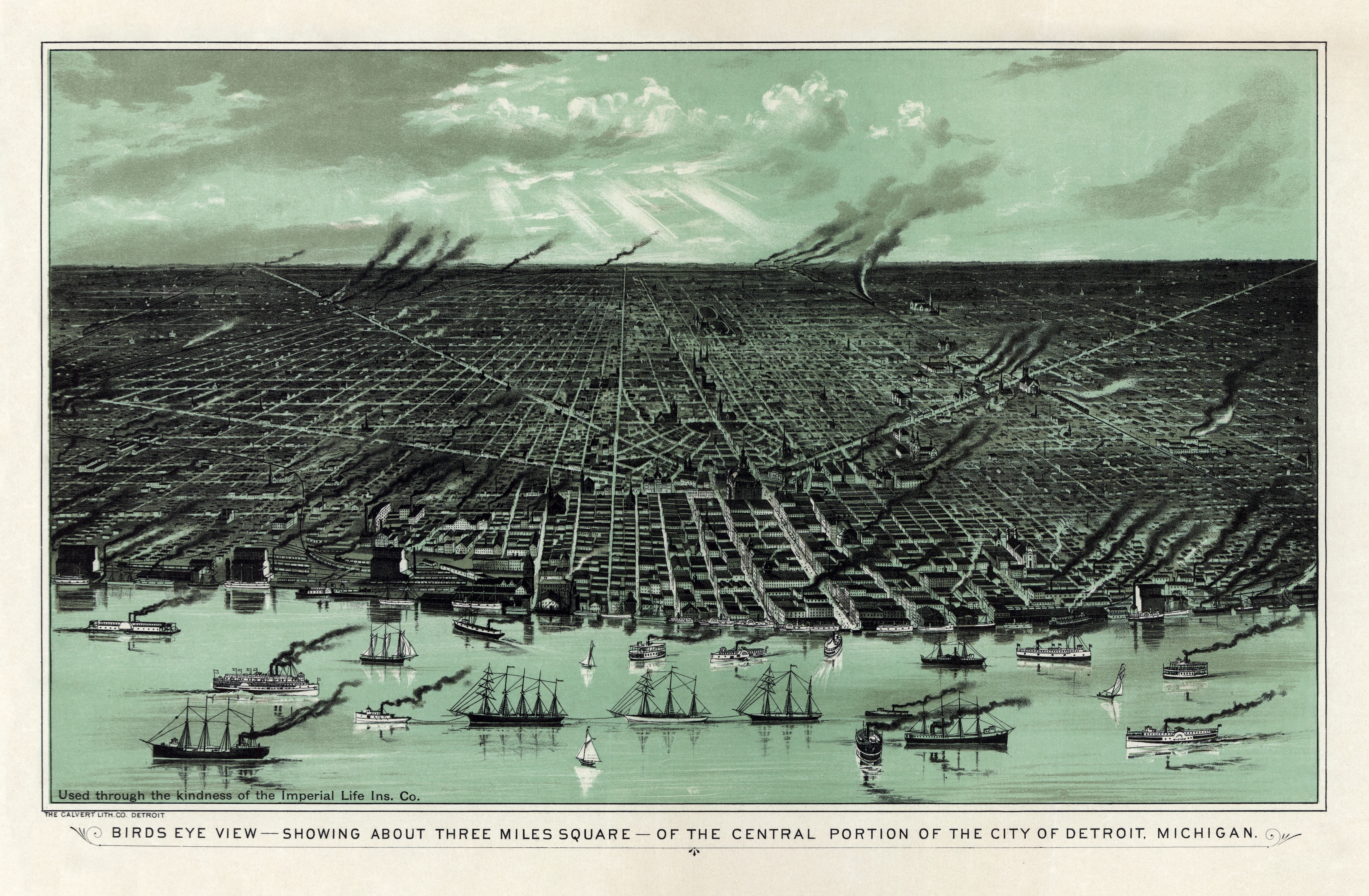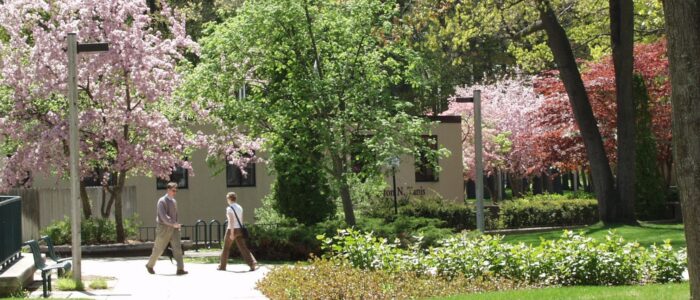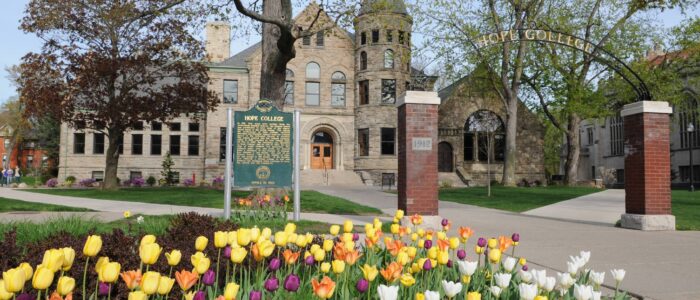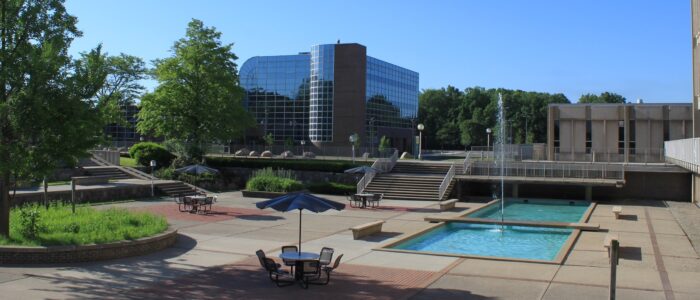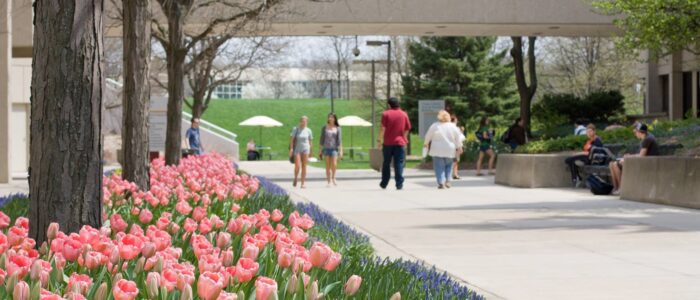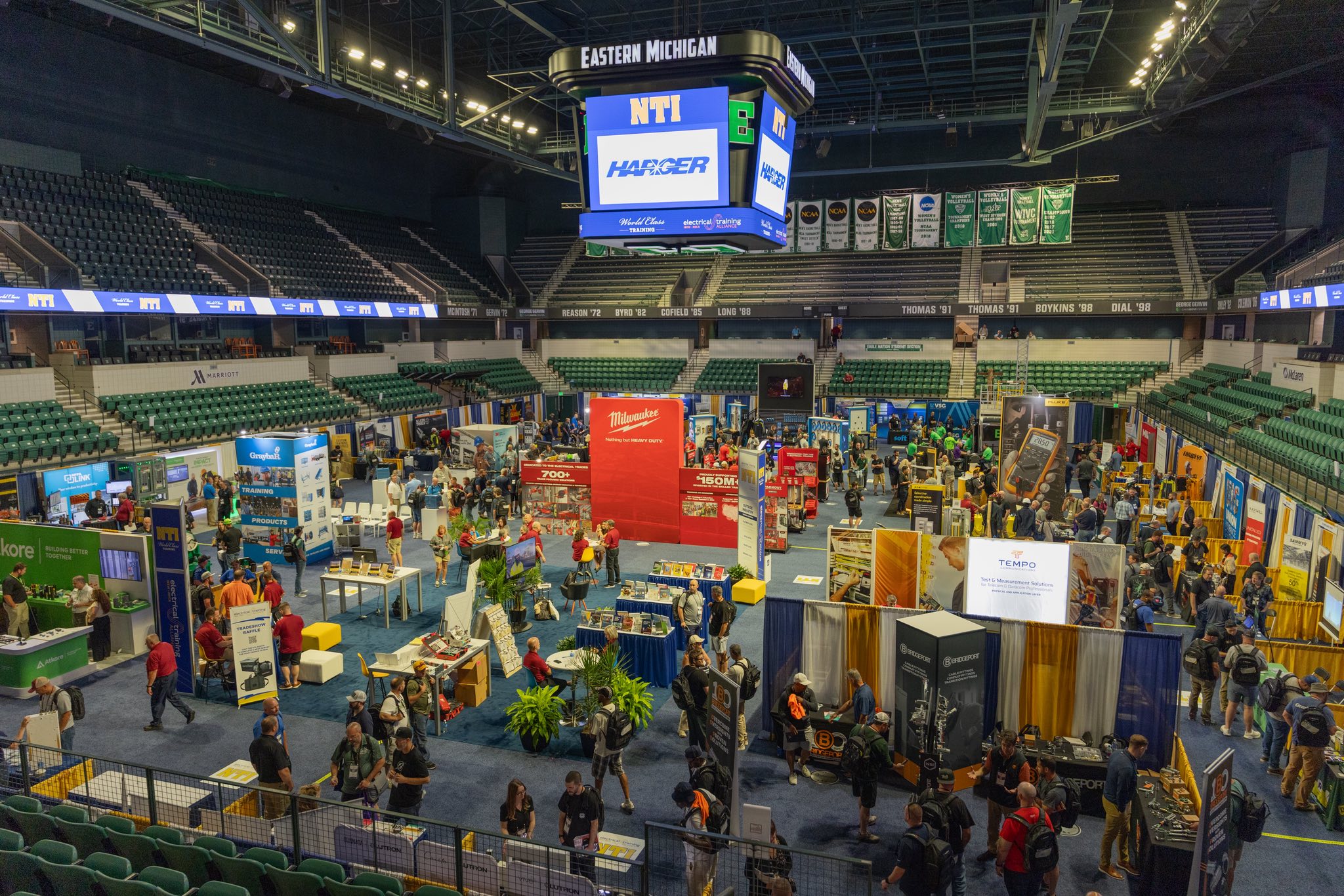Artificial lighting was first introduced to theater dramatic performance stages in the 17th century. The use of candles and oil lamps initially provided a means to illuminate the stage, allowing performances to take place in the evening and enhancing the visibility for both actors and the audience. Before this development, theatrical performances were typically held during daylight hours due to the reliance on natural light.
In the early 17th century, theaters in England began experimenting with various lighting techniques. Thomas Killigrew’s Theatre Royal, Drury Lane, in London, is often credited as one of the first theaters to use artificial lighting. The use of candles and later oil lamps evolved over time, leading to more sophisticated lighting setups as technology advanced.
The 18th and 19th centuries saw further innovations in stage lighting, including the use of gas lamps. Eventually, the introduction of electric lighting in the late 19th and early 20th centuries revolutionized stage lighting, providing theaters with a more reliable and controllable source of illumination. This allowed for greater creativity in the design and execution of lighting effects, contributing significantly to the overall theatrical experience.
More
Stage Lighting 101 — Everything You Need to Know
Boston University: Theater, Lighting Design
Wayne State University: Lighting Design





